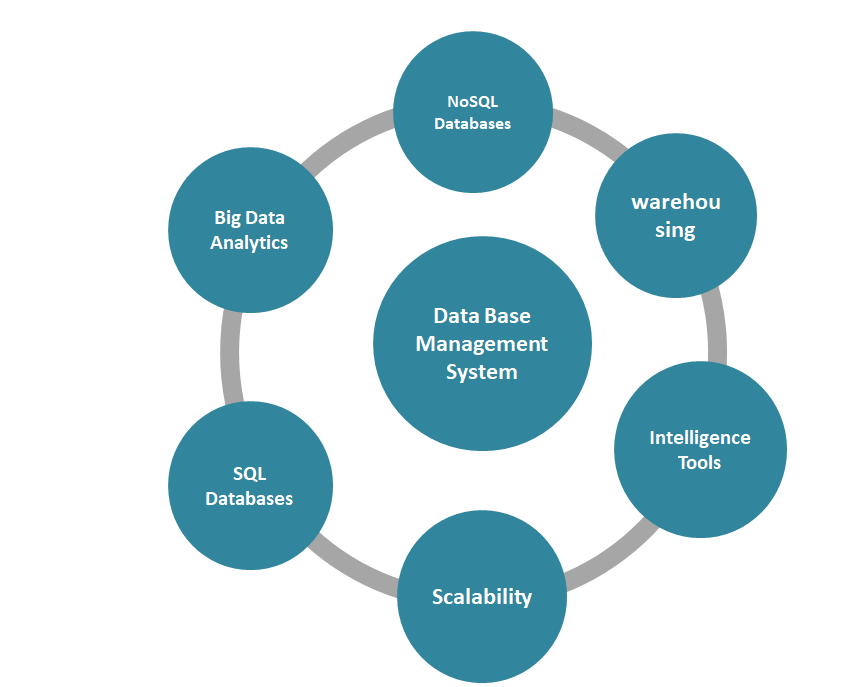Introduction of Data Base Management
Data Base Management is central to modern business operation. Organizations produce large quantities every day. The ability to store and analyse information efficiently became a key driver of success. This article highlights the essential aspects of data management such as big data analytics, database management systems, data mining and warehousing.
Big Data Analytics
Big data analysis plays an important role in making sense of the large amount of data collected. Casey Kinsey uses advanced algorithms and machine learning to identify patterns, predict trends, and make data-driven decisions. Tools like cloud platforms such as Hadoops and AWS and Google Analytics help to process and analyse unstructured data efficiently. By leveraging big data and analytics, businesses gain insights that improve the experience. Streamline operations and improve overall performance. For example, grocery companies use consumer purchasing analysis to personalize products and increase sales accordingly.
Data base management system (SQL and NoSQL)
Data Base Management system has to weather storage and retrieval requirements.
Types of database management system
SQL Databases
Structured query language databases are widely used for relational data. Systems like PostgreSQL and Microsoft SQL Server allow businesses to efficiently manage structured data.
NoSQL Databases
NoSQL databases such as Sandra and Coach Base are ideal for handling unstructured or semi-structured data. They offer scalability and flexibility for advanced applications. The choice between SQL and NOSQL depends on the nature of your data. While SQL and NoSQL databases are best for structured relational data and NoSQL is best for managing large unstructured data sets.
Data mining and warehousing
Data mining involves discovering patterns and relationships in large sets. Techniques like clustering, classification and regression help bring out insights. Businesses use these insights to predict customer behavior, detect fraud, and improve shopping strategies. A data warehouse complements data mining by providing a central repository for data.
Tools like Redshift and Google Big Query allow businesses to store historical data for analysis.
A well-designed data warehouse ensures that the organization has a reliable source for its decision-making.
Business Intelligence Tools
Business intelligence tools turn raw data into actionable insights. Power Bio and Click Sense tools enable businesses to create interactive dashboards and reports. These visualizations help stakeholders understand data trends and make informed decisions quickly.
For example, a marketing team can use VI tools to track campaign performance and allocate budget more efficiently. VI tools organize existing data making it accessible to non-technical users.
Data Privacy and GDPR Compliance
Data pricing has become a priority in today’s digital world. Regulations such as the General Data Protection Regulation impose strict guidelines on data collection, storage and processing. Businesses must ensure compliance to avoid heavy fines and protect customer trust. There are steps we take to ensure data privacy.
Encrypt sensitive data
Implementing access controls to limit unauthorized access. Regularly auditing data storage and processing practices. Compliance with the GDPR requires businesses to obtain consent from everyone for data collection and to provide transparency about how the data is being used.
Best practices for effective data management. Follow these best practices to master data management.
Adopt Scalability
Use tools and platforms that can grow with your business.
Ensure data quality
Regularly clean and validate data to maintain accuracy.
Implement strong security measures
Protect data from breaches and unauthorized access.
Train your team
Train employees to understand Data Base Management pools and processes.
Stay Updated
And keep abreast of the latest technology in koi beta management.
Conclusion
Data Base Management is an emerging field that requires a strategic approach. Big data is a Latex database system by leveraging data mining and virtualization tools, businesses can unlock the full potential of their data. Further prioritizing data privacy and compliance ensures long-term success and customer trust. Mastering the skills will position your organization to thrive in the data-driven age.
360WebSol




Leave a Reply